Weird and Wonderful Street Food: Unique Dishes to Try Around the World
Traveling the world opens up the door not only to new sights and cultures but also to some of the most unique and adventurous culinary experiences. If you’re the kind of traveler who enjoys stepping out of your comfort zone, trying authentic street food can be a thrilling way to connect with a destination. From fried bugs in Thailand to fermented fish in Iceland, here are some of the weird and wonderful street foods you should try on your next adventure.
Before we move on, did you know that we have an incredible travel app with more than 200 Destinations and 25,000 Activities on it? It’s free to download and nearly all of the features are free to use as well. Explore More & Travel Better with Tripio! Get the app today!… now back to our article.
Fried Insects – Thailand
One of the most iconic “weird” street foods is found in Thailand—fried insects. From crunchy grasshoppers to crickets and silkworms, vendors all over the country offer these crispy treats. Often fried with spices, soy sauce, and lime leaves, they’re surprisingly tasty! Many locals consider them a great source of protein. While it may seem odd at first, biting into a crispy grasshopper can be a fun and memorable experience, offering a true taste of local culture.
Balut – Philippines
Balut is not for the faint-hearted. This traditional Filipino delicacy is a fertilized duck egg with a partially developed embryo inside, typically eaten straight from the shell. While it may seem intimidating to outsiders, balut is considered a protein-rich snack in the Philippines and is commonly sold by street vendors. Seasoned with salt, chili, or vinegar, this unusual dish is worth trying if you’re up for a bold culinary adventure.
Hákarl – Iceland
Hákarl, or fermented shark, is one of Iceland’s most notorious delicacies. Made from Greenland shark that has been buried, fermented, and dried for months, this food has a strong ammonia-like smell and a distinct flavor that can be quite polarizing. Sold in local markets or as part of street food offerings, this dish is often served in small cubes. If you’re exploring Reykjavik or other parts of Iceland, it’s a must-try for anyone interested in authentic, albeit unusual, Nordic cuisine.
Escamoles – Mexico
Known as “insect caviar,” escamoles are the edible larvae of ants, a delicacy in Mexico since Aztec times. Harvested from the roots of agave plants, these buttery, nutty-tasting larvae are often served in tacos or with tortillas, typically sautéed with butter, garlic, and spices. While the idea of eating ant eggs might seem strange, escamoles are considered a delicacy in many parts of Mexico, especially around Mexico City.
Stinky Tofu – Taiwan
Stinky tofu is exactly what it sounds like: tofu with an incredibly pungent odor. Popular in Taiwan and other parts of East Asia, this dish is fermented to achieve its signature smell, which is similar to strong cheese. Despite the overwhelming scent, stinky tofu is beloved by locals for its crunchy outside and soft, flavorful inside. Often deep-fried and served with pickles and sauces, it’s a must-try for adventurous foodies willing to brave the smell!
Sannakji – South Korea
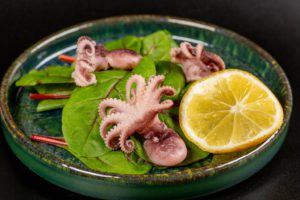
Photo by Wikimedia
Sannakji, or live octopus, is one of the most unique and adventurous dishes you can find in South Korea. Served fresh and still wriggling on the plate, this delicacy is often seasoned with sesame oil and sesame seeds. The challenge is in eating the octopus while its tentacles are still moving! While it may be a textural challenge, sannakji is surprisingly popular, offering a fresh, ocean-like taste that’s beloved by those who try it.
Cuy – Peru
In Peru, one of the most unique and traditional dishes is cuy, or roasted guinea pig. Once a staple food of the Incas, cuy is now commonly served in rural areas and at special celebrations. It’s usually roasted or deep-fried whole and served with potatoes and a spicy sauce. The meat is tender and flavorful, with a taste often compared to rabbit or chicken. While it might be hard for some to overcome the cuteness factor, cuy is a quintessential Peruvian experience.
Durian – Southeast Asia
Durian, often referred to as the “king of fruits,” is a divisive food found in Southeast Asia. Its strong, pungent smell can be off-putting, and in some places, it’s even banned in public transport and hotels. However, for those who dare to try it, the creamy, custard-like flesh offers a unique flavor experience that is both sweet and savory. Found in markets across Thailand, Malaysia, and Singapore, durian is a fruit you won’t forget!
Surströmming – Sweden
If you’re visiting Sweden and want to try something truly unique, look no further than surströmming, or fermented herring. Known for its intense smell, this traditional Swedish dish is typically eaten with flatbread, onions, and potatoes. The fermentation process gives the fish a strong, sour taste that can be an acquired flavor for some. While often considered an extreme food by outsiders, it’s an important part of Swedish culinary culture.
Fugu – Japan
Fugu, or pufferfish, is one of Japan’s most notorious delicacies due to the potentially lethal toxins it contains. Only highly trained and licensed chefs are allowed to prepare fugu, ensuring that the poisonous parts are removed safely. The flesh of the pufferfish is often served as sashimi, thinly sliced and arranged beautifully. Fugu offers a light, delicate flavor and is considered a luxurious and rare treat for those looking to experience a one-of-a-kind dish.
Step Outside Your Comfort Zone
Sampling unique street food is one of the best ways to experience the heart and soul of a culture. From bugs in Thailand to fermented shark in Iceland, these weird and wonderful foods represent the diverse ways that people around the world use the ingredients available to them. If you’re an adventurous eater, trying these unusual delicacies can make your travel experiences even more memorable. So, the next time you’re wandering through a street market, don’t shy away—embrace the weird, and you might just find a new favorite dish!
Check out: 10 Unique Restaurants Around The World
-Olivia, Tripio Guru
Download the free Tripio app on iOS and Android!

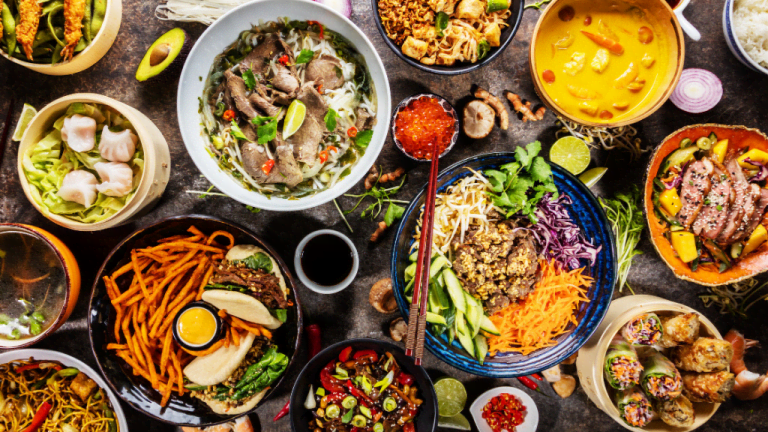
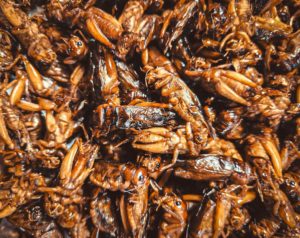

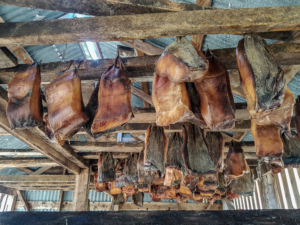


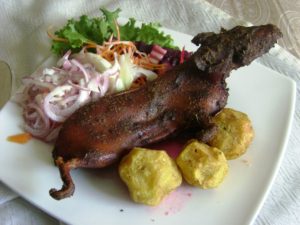
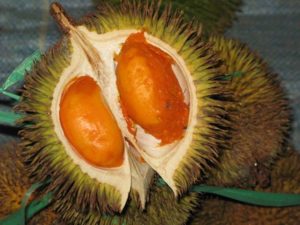
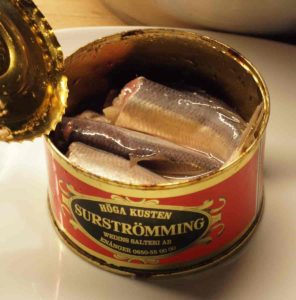












Leave a Reply
Want to join the discussion?Feel free to contribute!